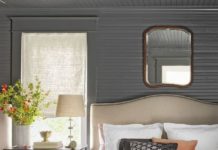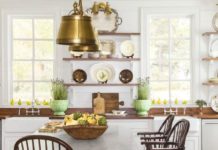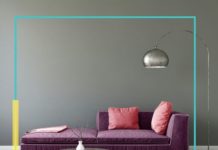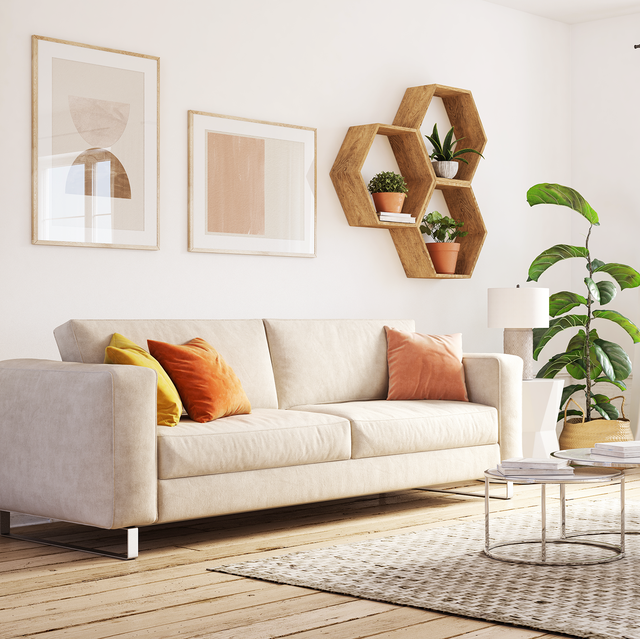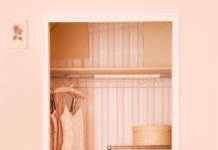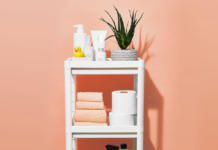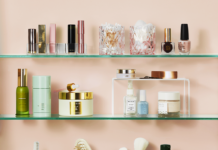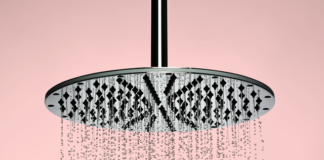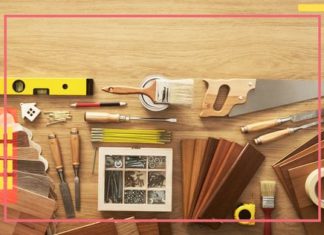No matter how neat and tidy you naturally are, it’s all too easy for clutter to pile up in your home. There’s mail, books, school supplies, tax forms, and so many other odds and ends — plus, the items you use all the time that never seem to get put away. Fortunately, there are simple ways to stop clutter in its tracks.
If you’re not sure where to start, follow these expert decluttering tips to help you take control of your home. From organizing tips that will help you maximize your space to design hacks that will make everything look more streamlined, these decluttering techniques will change the way you live. And if you really want to overhaul your home, don’t miss our best cleaning tips of all time.
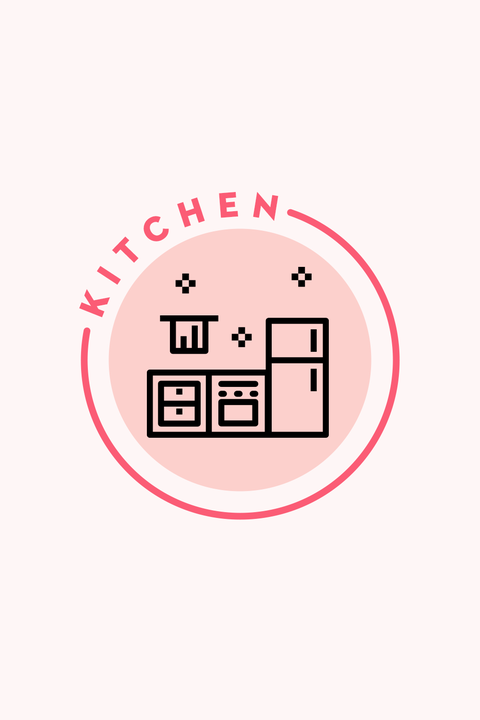
Messes materialize fast in the heart of your home. Keep it clean and tidy (until your kids roll through) with some pro advice.
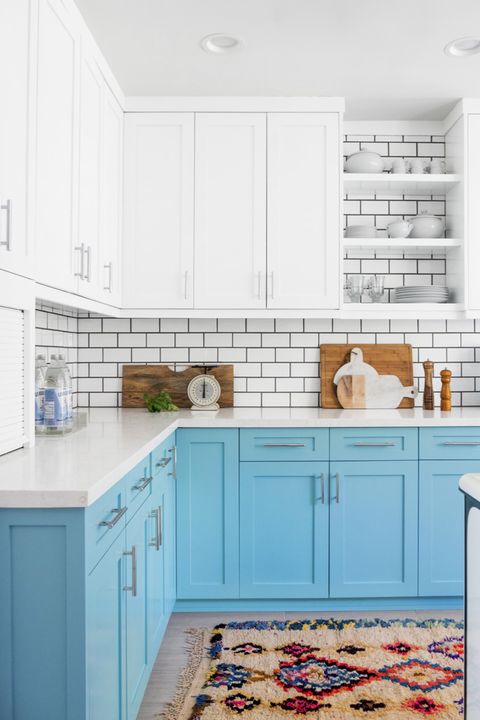
When it comes to the kitchen, it’s what’s on the inside that counts. Make the most of your cabinet space — no matter how small — with a quick DIY project. “Mount a rack on the back of a cabinet or pantry door, or try a roll-out rack in a lower cupboard to amp up cabinet space,” recommends organizing expert Alejandra Costello
SHOP DRAWER ORGANIZERS
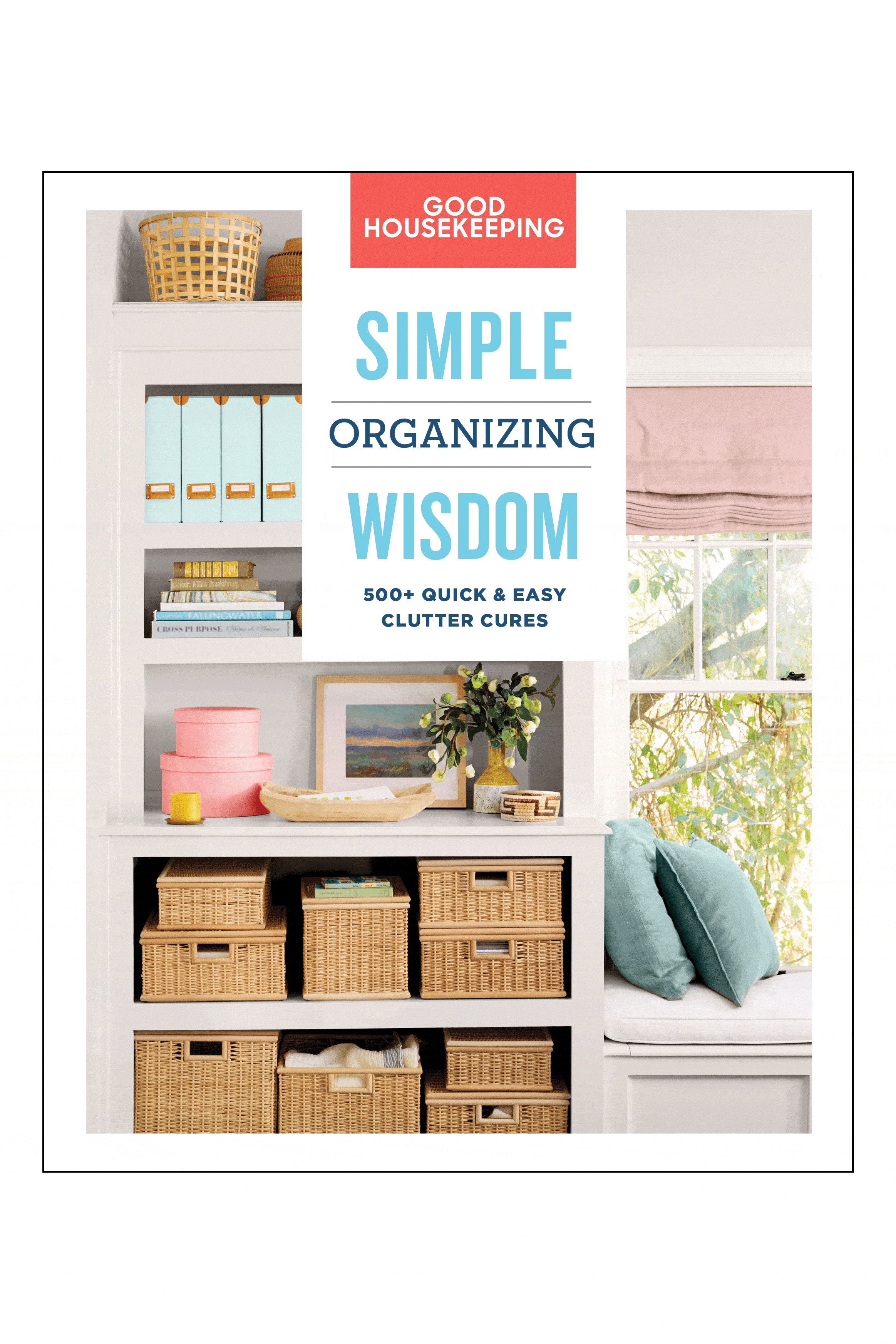
ICYMI: The experts at just released the ultimate guide to tidying up your entire house. This inspirational book is complete with over 500 (!) tips and easy-to-follow steps, so you can get it all done.
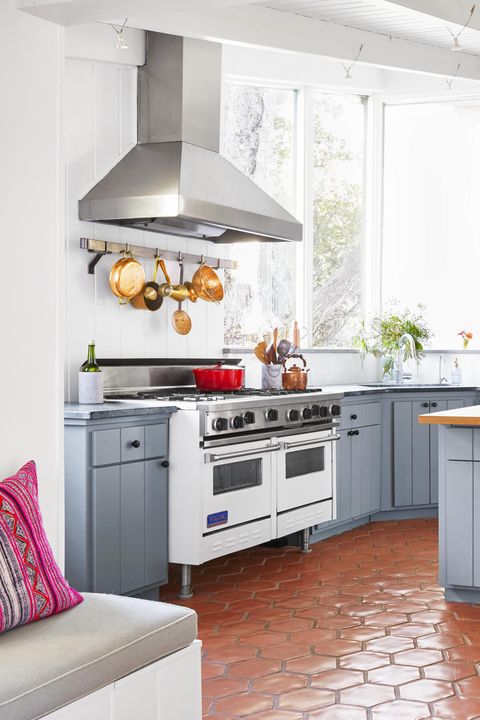
“Bulky pots and pans can quickly gobble up valuable cabinet space,” says Alison Victoria, host of HGTV’s . “Be like Julia Child and put them on display — just hang them from S-hooks on a pegboard or from a suspended pot rack.” Now, go and be like Julia Child!
SHOP SUSPENDED POT RACKS
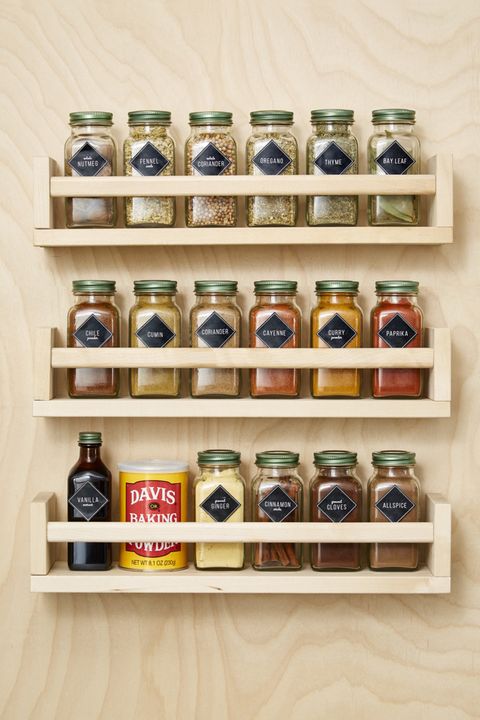
As a general rule, spices stay fresh for roughly four years. If you’ve had the same container of coriander for more years than you can count, ditch it. When it comes time to organize, either place them alphabetically or categorize them by use. Or just get one of these handy spice organizers that does the work for you.
SHOP SPICE ORGANIZERS
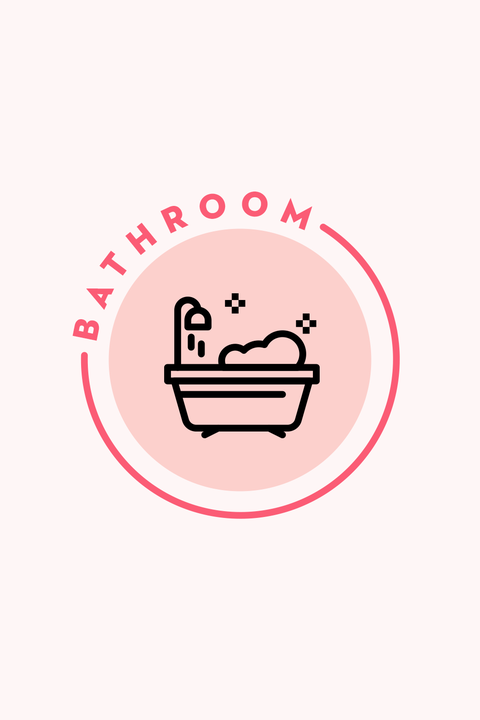
At this point, your bathroom practically has as many products as a Target beauty aisle. There are the scattered cotton pads, expired mascara tubes, an assortment of toilet bowl cleaners, just to name a few. That ends now.
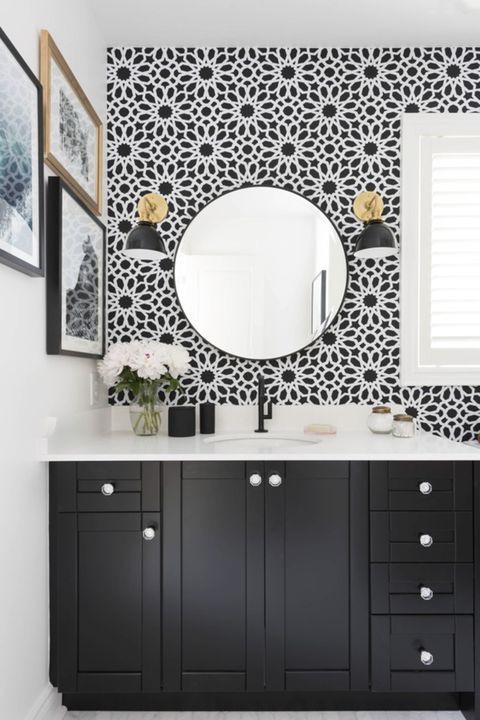
When was the last time you checked the expiration date on a bottle of sunscreen? Exactly. “Take 20 minutes every three months to pull everything out of your bathroom cabinets and check expiration dates. Throw out all expired products and items that you just don’t like,” says Susan Santoro, owner of Organized 31.
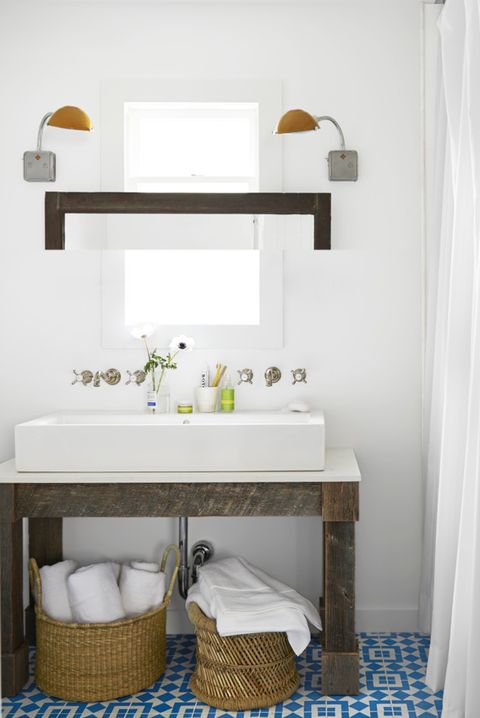
If you’re short on closet space, then bring your everyday linens right into the bathroom. Stuff decorative wicker baskets with bath towels for a practical yet stylish accent.
SHOP BASKETS
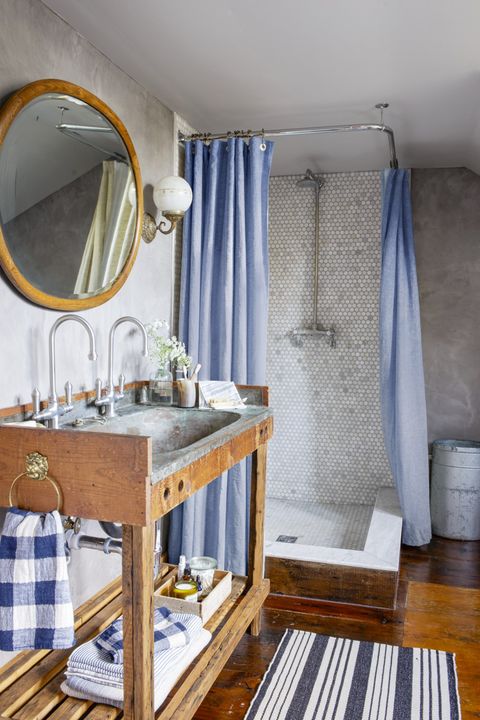
Instead of filling up your precious vanity space, take advantage of the space below the sink with labeled baskets, bins, or stackable plastic drawers. Decide what’s worth keeping by following HGTV and DIY Network’s Matt Muenster’s trick: “Tuck everything away out of sight and watch what builds up over the next two to three days. Those items are worth keeping in an easy-to-reach spot. Everything else should be packed away.”
SHOP STACKABLE DRAWERS
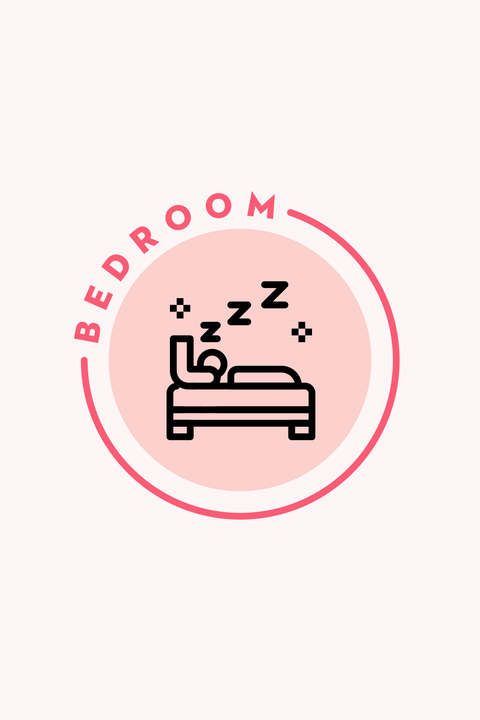
Your bedroom should be your place of zen. After following these genius tips, it can be. *Breathes a sigh of relief.*
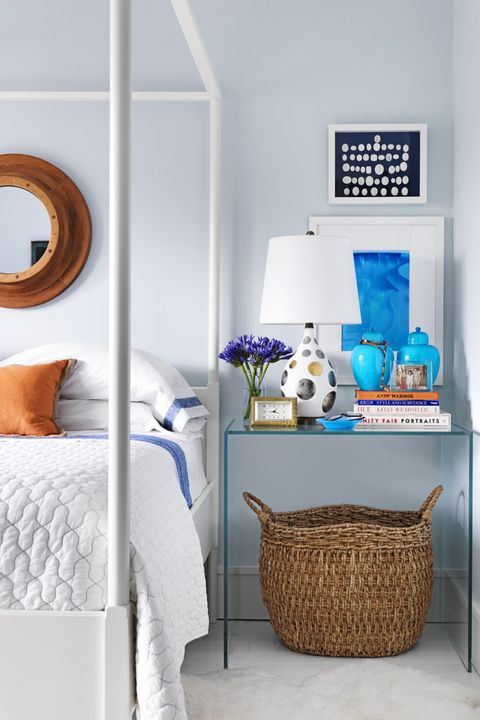
Place a basket underneath an open bedside table to create an undercover drop spot for laundry or throw pillows.
SHOP BASKETS
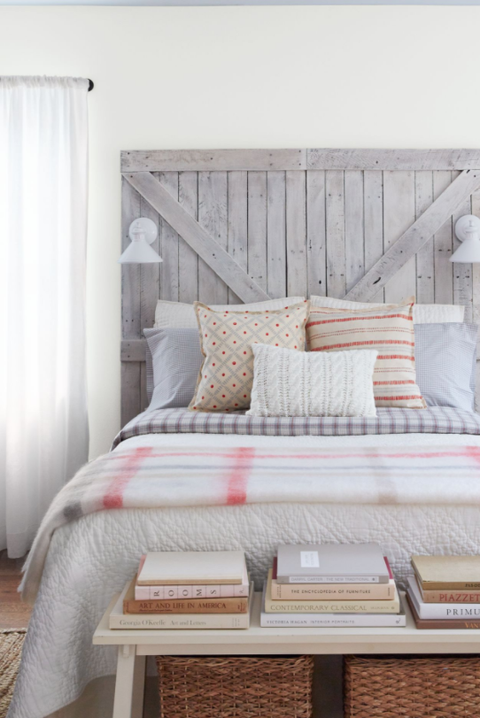
If you’re tight on closet space, under-the-bed storage works wonders. Store any out of season clothes or accessories in space-saving vacuum storage bags or foldable fabric storage. Before storing any apparel, toss any that has rips, stains, or pulls.
SHOP VACUUM BAGS
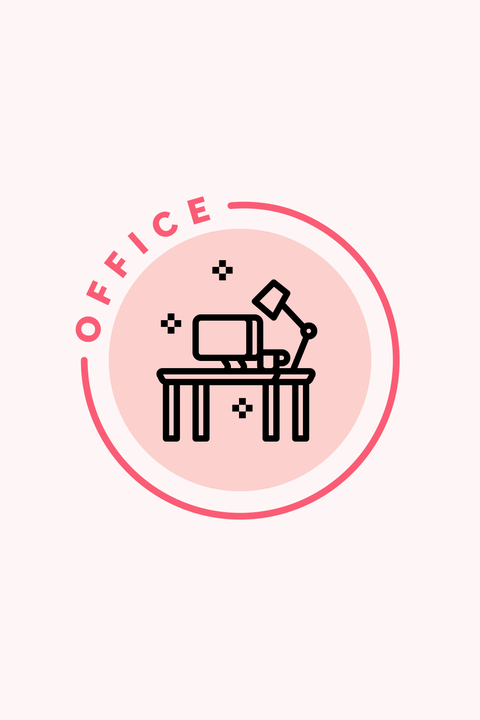
A cluttered desk and a cluttered mind go hand in hand. Make your office space productive again by listening to the experts.
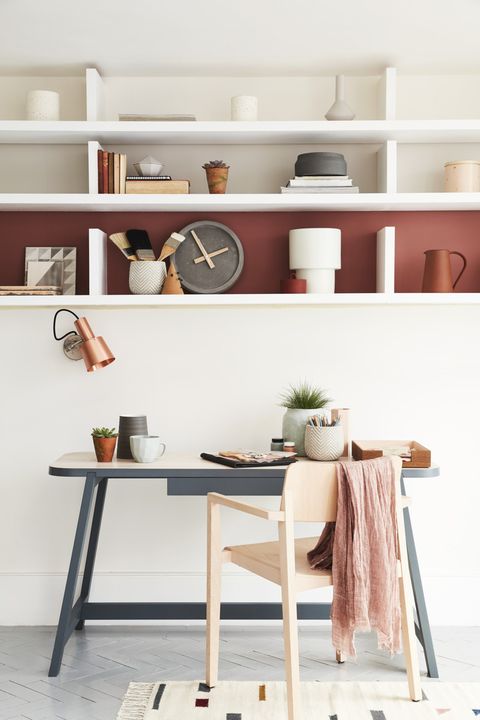
Open shelves are great in theory — until you fill ’em tchotchkes, knick-knacks, and straight-up clutter. “Restrict non-book items to a maximum of three per shelf,” says Melissa Picheny, founder of declutter+design. “Their sizes and shapes can vary, but relate the pieces by color or theme — say, ceramic vases in shades of cream.”
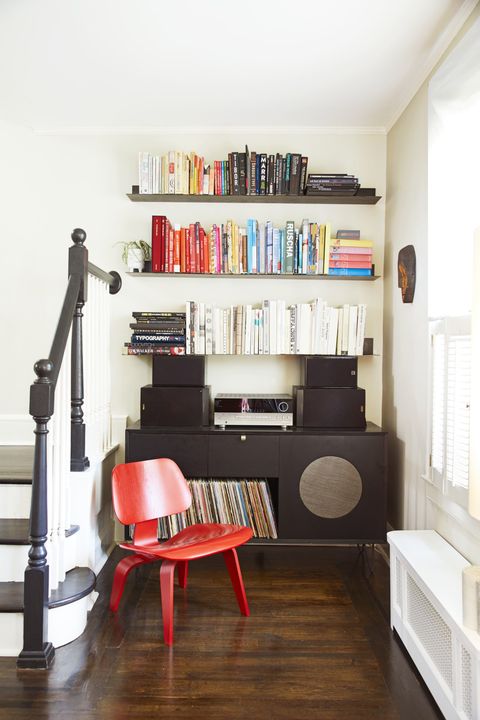
If you fill your bookshelf to the brim, then you won’t have any room to continue growing your collection. Good point, huh? “The goal is to leave at least 10% of each shelf bare and book-free,” explains Justin Klonsky, author of . “Before filling bookshelves, do a side-by-side comparison, ask yourself: If I could keep only one of these two volumes, which would it be?” (Remember, you can store everything else on an e-reader.)
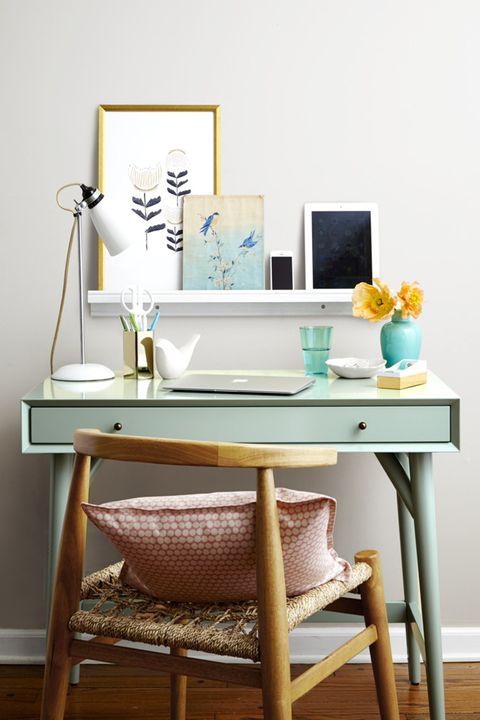
Between chargers, lamp cords, and laptop wires, your desk can quickly become a maze. Secure wires in a cable box, which keeps things tidy, or install a shelf with cable “ports.” You can also use decorative washi tape to label cords for easier use.
SHOP CABLE BOXES
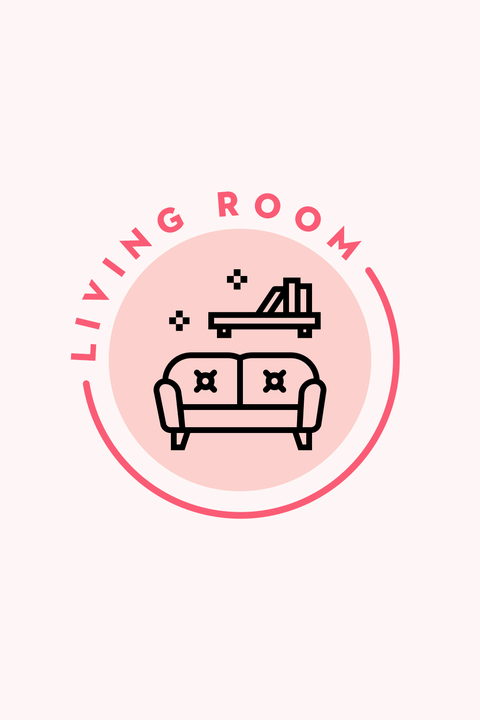
You live here — and it sure looks like it. Give your living space a warm, cozy, functional feel with these decluttering tips.
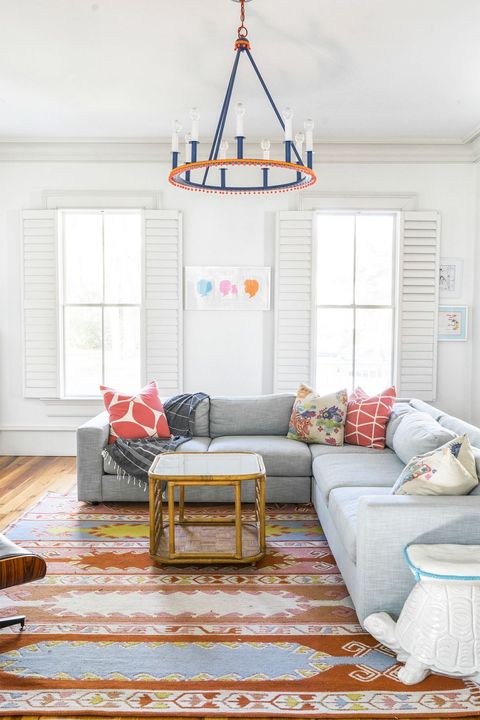
Coffee tables are the focal point of most living rooms. As tempting as it may be to cover it with books, candles, and flowers, prop stylist Stephanie Hanes recommends you keep it as clear as possible. “To give the illusion that a room is a clutter-free, the top of the coffee table should be 75% clear. Styles with drawers or shelves below the surface will get you there fast,” she says.
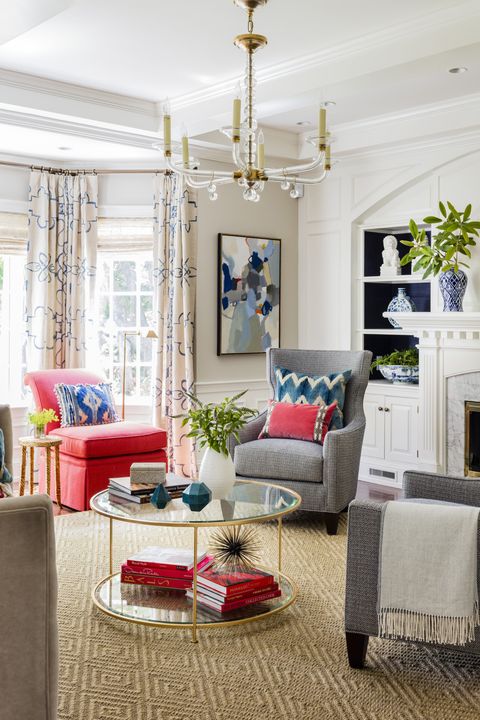
“It’s not as much about where you put your furniture as it is about the types of pieces you choose. In each room I design, I try
to include at least one round piece, such as a coffee table, that people can walk around without bumping their knees,” says interior designer Katie Rosenfeld. She also recommends filling the space with versatile pieces like an ottoman, which can be used to sit or to hold a drink.
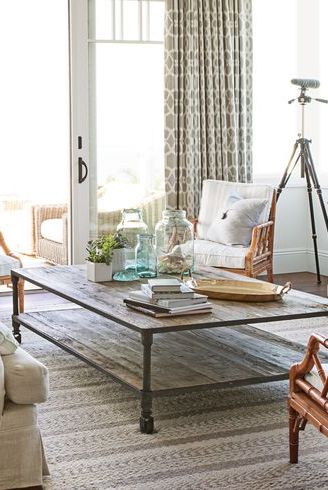
“Corral smaller items — vases, candles, and decorative accents — on a handled tray that’s easy to relocate when company’s coming,” says KlonskyThat way you can quickly sweep away excess clutter in a snap before they arrive — because we’re clearly more inclined to clean our house for guests rather than ourselves.
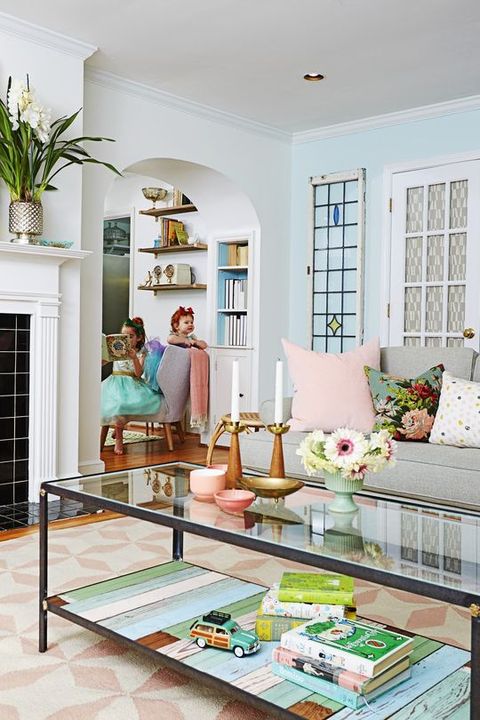
Whatever you do, don’t go overboard on the throw pillows. “Stick to a trio in complementary colors and patterns — always have at least one solid — for most sofas,” says Picheny. A massive couch, however, can handle five pillows — two solids, three patterned.







